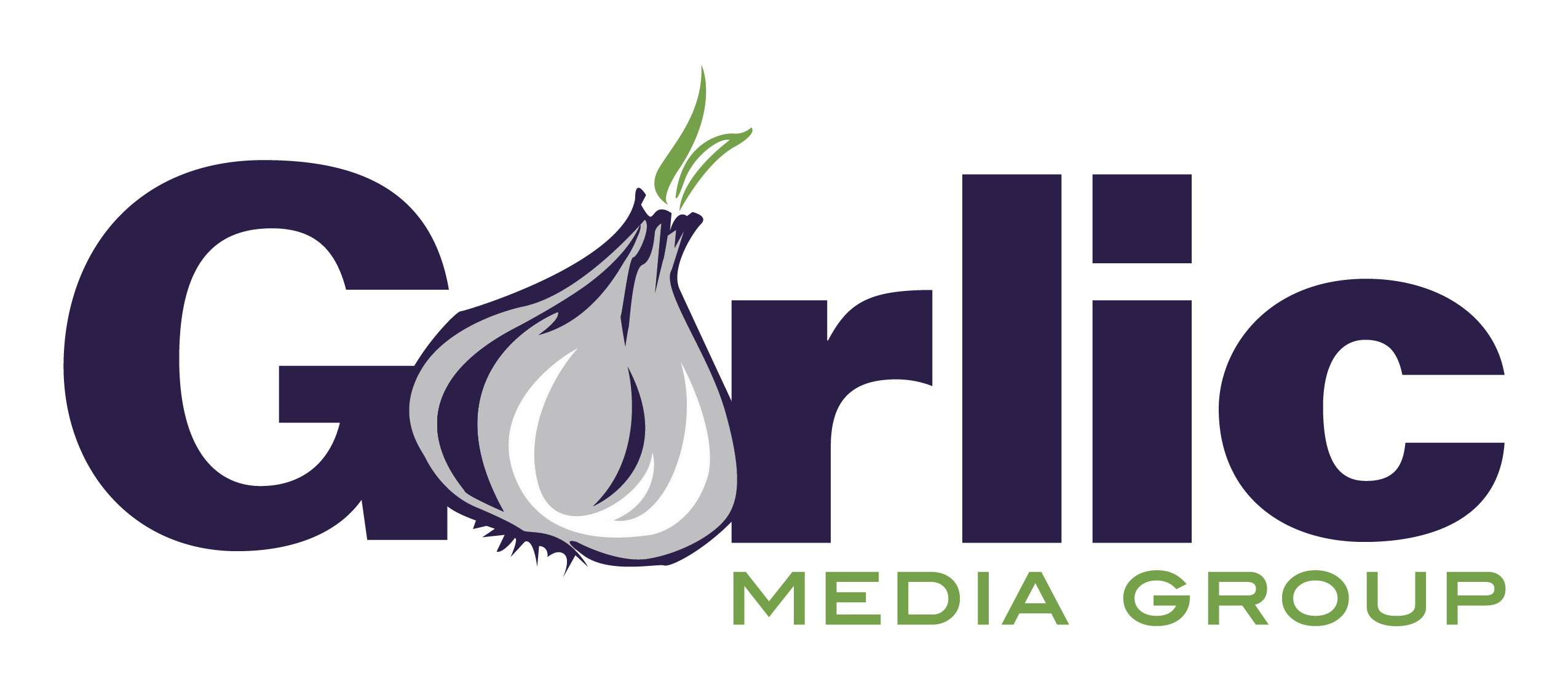In her recent article SEO Isn’t What You Think It Is, Veronica Fielding discusses how “updates to Google algorithms mean that social engagement, rather than search engine trickery, yields top results.”
Enjoy and indulge in her article below, the overall take away being one that Garlic Media Group embraces: Focus on people, not technology and tricks.
Marketers are buzzing from the aftershocks of Google’s recent most updates, code-named Panda and Penguin.
Panda, which launched around February of 2011, started using artificial intelligence in new ways to enforce the best practices guidelines Google had long provided to those seeking to optimize their websites.
If Panda was a wrist slap, Penguin, launched in last April, was a body slam to websites still trying to “trick” the search engines into ranking them ahead of their competition. The update emphasized the importance of quality content, originality, and overall user experience.
Both the Panda and Penguin updates contained very clear messages for marketers: stop focusing on technology and tricks and start focusing on people. If your website appeals to people, it will appeal to Google’s algorithms too.
But the Panda and Penguin messages go deeper. With them, the search engines are openly acknowledging that a website isn’t the only place on the Web that a brand needs to maintain a strong presence. The interactive exchanges that people have with each other and with the brand–online–are happening in the social media channel, and the search engines are placing an increasing importance on how these conversations influence their views on brands and how their websites should rank.
This means that a brand can no longer rely on a well-optimized website to earn Google’s attention. A brand must be a conversationalist, going where the people are and engaging them in discussion, and by doing that earn a wonderful reputation.
Smart brands are doing this by fully leveraging each social channels particular properties.
Facilitate conversations with fans on your Facebook page.
Simply announcing what your company is up to isn’t going to get fans engaging with your brand. Post information that is relevant to your brand and of interest to your stakeholders. Invite questions, suggest other reading, provide links, curate other content. The point is to have dynamic conversations between your brand and your fans.
Parmesan is a delicious example.Share tweets about topics of interest (again–not self-serving announcements but follower-serving news) via Twitter.
The search engines are all looking at Twitter activity, at the keyword and brand-name level, as signals for which brands deserve top rankings. No one is going to be interested in miles and miles of one-way tweets about how great your brand is. Know your stakeholders: provide information that will be of use to them and they will not only follow you, they’ll retweet what you share.
Whole Foods gets it.Uploading shareable videos to your YouTube channel optimizes your brand as well as your website.
How? When the content is engaging, people what to share it. When they share it, they often add a link to your website. Encourage more sharing and engagement with people who leave comments by responding to their comments. Remember, Google owns YouTube. Enough said.
Home Depot has a quality YouTube channel.Pin and Repin interesting visuals on Pinterest.
Pinterest may not be right for every brand, but if you market to consumers and have a brand with visual attributes or messaging that can be supported by photos, images, and infographics, Pinterest is another option to leverage for brand optimization.
Real Simple and West Elm pin well.Participate in groups, answer questions, and post company updates on LinkedIn.
This is less about SEO and more about putting your brand where the buyers are. Whether you are a B2B or B2C marketer, having a strong LinkedIn profile for your company, complete with referrals from customers and strategic partners, is a strong component in the brand optimization mix. While LinkedIn groups tend to be “closed” and therefore not accessible to the search engines, some are public, and therefore search engine crawlable and the conversations in those groups where your brand is referenced with links to your website can help with SEO and brand optimization too. And don’t forget, Company Pages are public and now feature status updates.
Voices.com is a resource on LinkedIn.Share information on Google+.
There is widespread belief that as Google+ gains in popularity, the conversations there will help with brand and search engine optimization. People have been somewhat slow to add yet another social media profile to their online presence, and brands have been slow to adopt Google+ too, but some brands are making smart use of Google+ now.
See what the New York Times is doing with it.All of this social media activity works to create engagement around the brand by what has always mattered to the search engines most: people.
So rather than asking yourself, “How do I optimize my website to better rank with search engines?” ask, “How can I optimize my brand so that it’s a sought-after participant in relevant conversations?” Answering that will bring you top rankings on the search engines and much, much more.
Fielding is the CEO of Digital Brand Expressions, a trailblazing digital marketing agency that specializes in building audiences and connecting buyers and brands through context marketing solutions.
